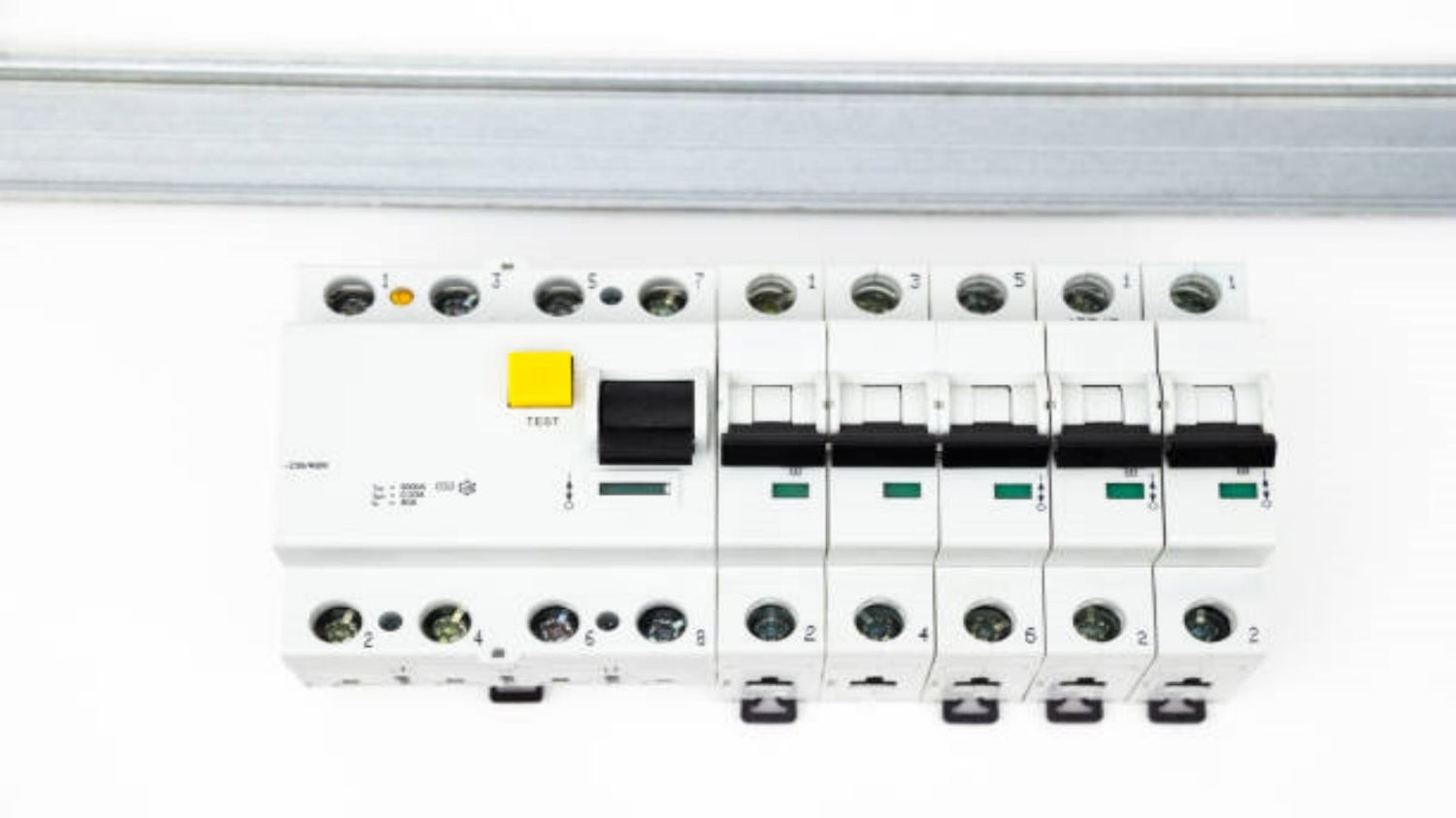Table of Contents

The Importance of a Voltage Regulator on an Alternator
A voltage regulator is a crucial component in an alternator that ensures a consistent output of electrical power to various parts of a vehicle's electrical system. It regulates the voltage produced by the alternator, preventing damage to sensitive electrical components and ensuring a stable charging system. However, like any other part, voltage regulators can sometimes fail or malfunction. In this article, we will guide you on how to fix a voltage regulator on an alternator, helping you save time and money by avoiding a visit to the mechanic.
Understanding the Symptoms of a Faulty Voltage Regulator
Before attempting to fix the voltage regulator on your alternator, it is important to identify the symptoms of a faulty regulator. Common signs include dim or flickering headlights, erratic or weak electrical system performance, a dead battery, or an illuminated battery warning light on the dashboard. If you experience any of these symptoms, it is likely that your voltage regulator is the culprit.
Gathering the Necessary Tools
Before you begin, gather the necessary tools to fix the voltage regulator. These tools may include a socket wrench set, multimeter, wire brush, electrical grease, replacement voltage regulator, and a repair manual specific to your vehicle's make and model. Having the right tools will ensure a smooth and efficient repair process.
Disconnecting the Battery
Prior to working on any electrical components, it is crucial to disconnect the battery to avoid any potential electrical shock or damage. Locate the negative terminal on the battery and use a wrench to loosen the bolt. Once the bolt is loose, remove the negative cable from the battery and set it aside in a safe location.
Locating the Voltage Regulator
The voltage regulator is typically located on the back of the alternator. Consult your vehicle's repair manual to determine the exact location and method for accessing the regulator. In most cases, removing the alternator from the engine may be necessary to access the voltage regulator.
Removing the Faulty Voltage Regulator
Using a socket wrench, carefully remove the bolts securing the voltage regulator to the alternator. Take note of the position and orientation of the regulator before removing it to ensure proper installation of the new one. Once the bolts are removed, gently disconnect the wiring harnesses connected to the regulator.
Cleaning the Connectors and Mounting Surface
Before installing the new voltage regulator, it is important to clean the connectors and the mounting surface to ensure a proper electrical connection. Use a wire brush to remove any dirt, debris, or corrosion from the connectors and the mounting surface. Apply electrical grease to the connectors to enhance conductivity and protect against future corrosion.
Installing the New Voltage Regulator
Align the new voltage regulator in the same position and orientation as the old one. Carefully reconnect the wiring harnesses to the new regulator, ensuring a secure connection. Use the socket wrench to tighten the bolts, but be cautious not to overtighten them, as this may damage the regulator or the alternator.
Reconnecting the Battery
With the new voltage regulator installed, it is time to reconnect the battery. Begin by connecting the negative cable to the negative terminal of the battery. Tighten the bolt with a wrench to ensure a secure connection. This will allow the alternator and voltage regulator to receive power and function properly.
Testing the Repaired Voltage Regulator
Once the battery is reconnected, start the vehicle and observe its electrical performance. Check if the symptoms of a faulty voltage regulator have disappeared. You can also use a multimeter to measure the voltage output of the alternator to ensure it is within the appropriate range. If everything appears to be functioning correctly, then congratulations, you have successfully fixed the voltage regulator on your alternator!
